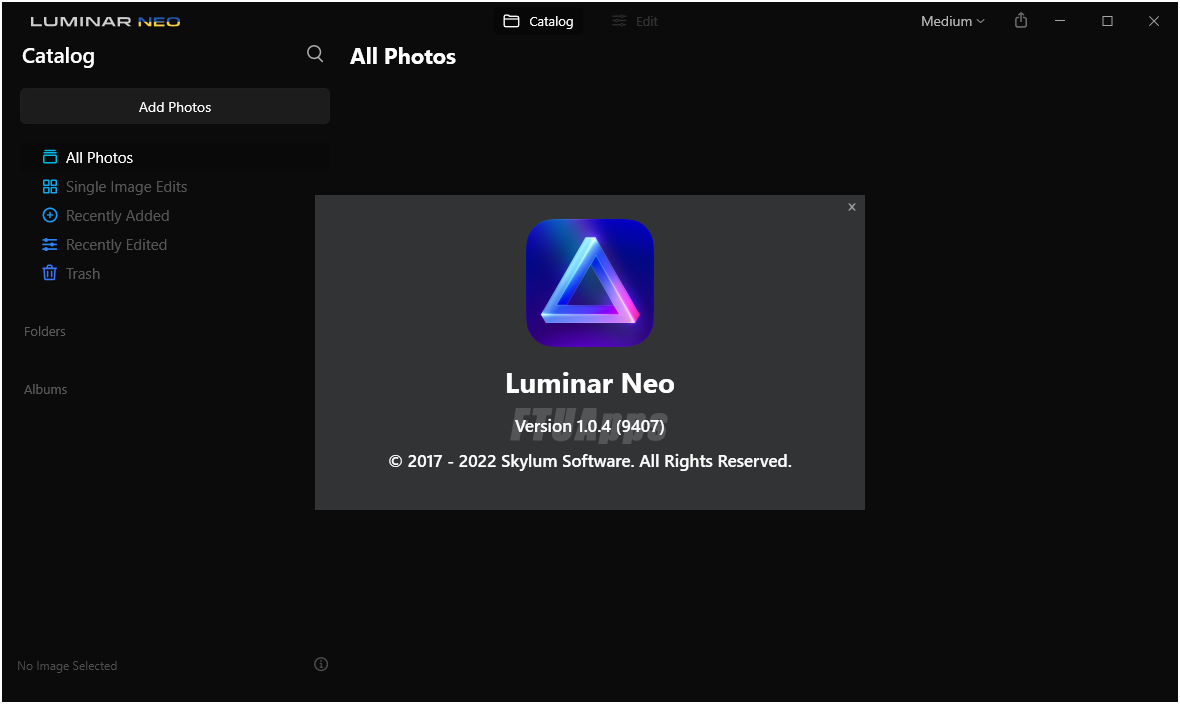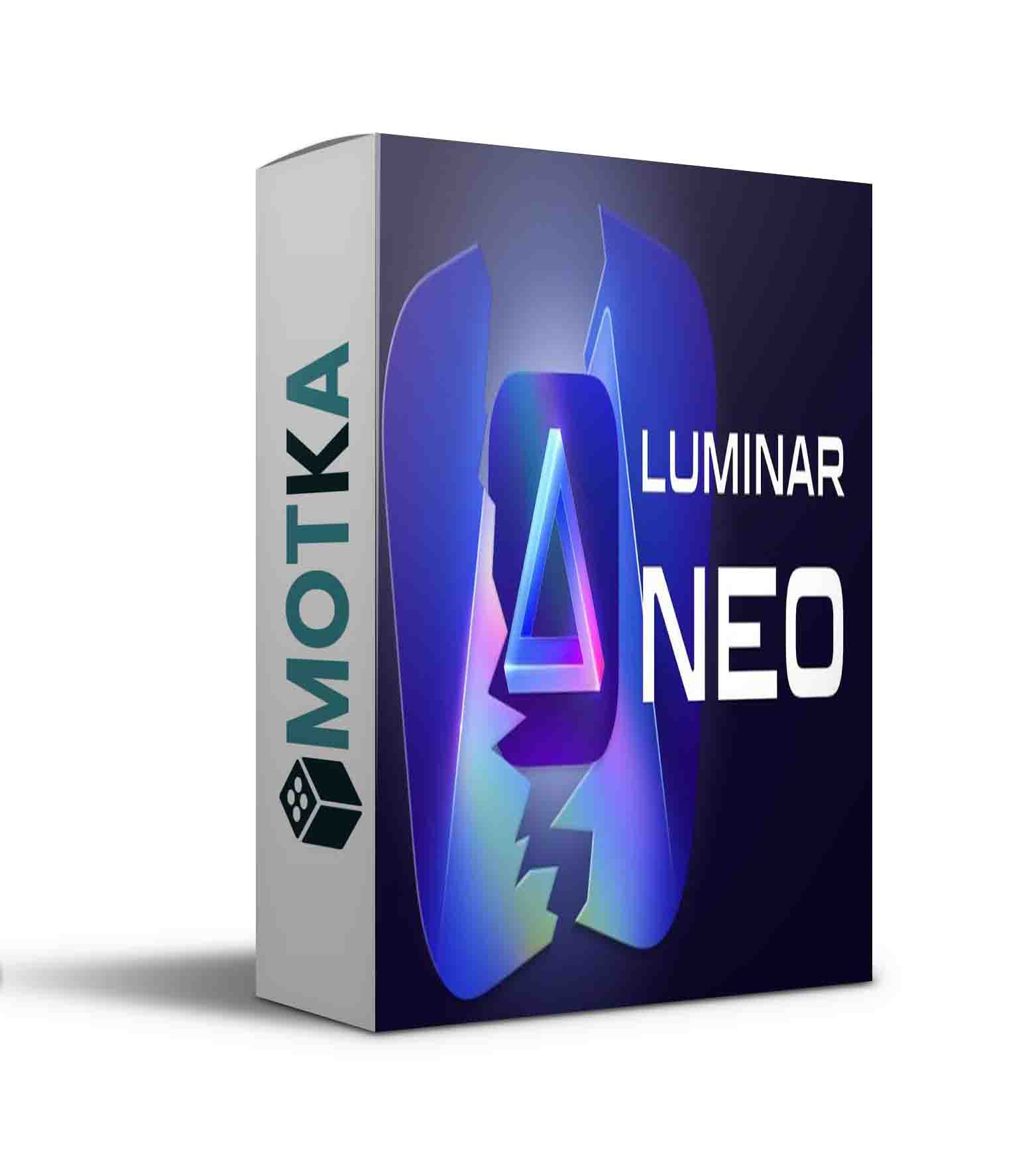

- #Luminar neo erscheinungsdatum manual#
- #Luminar neo erscheinungsdatum pro#
- #Luminar neo erscheinungsdatum Pc#
- #Luminar neo erscheinungsdatum windows#
NPUs are expected to play an important role in future generations of consumer PC hardware, as more applications deliver AI-powered features to customers. NPUs (neural processing units) are a class of specialized hardware accelerators that can greatly speed up AI and machine learning applications. Luminar Neo is an advanced AI photo editor for photographers of all levels a pioneer in its category, it is committed to making high-tech tools accessible to everyone through extensive use of AI-enhanced features.
#Luminar neo erscheinungsdatum windows#
At Build, Microsoft showcased Luminar Neo as an example of how AI technologies are transforming creative pursuits for creators on the Windows 11 platform.
#Luminar neo erscheinungsdatum pro#
However, there's no trial version, only a "money back guarantee".Skylum, a leading innovator in photo editing software and the company behind the award-winning AI photo editor Luminar Neo, partnered with Microsoft to demonstrate Luminar Neo taking advantage of new NPU hardware found in the Window Dev Kit 2023 and Surface Pro 9 5G – both powered by the Snapdragon® 8cx Gen 3 compute platform. Luminar Neo is certainly not expensive, but even so, you might want to see how it runs on your computer. Luminar Neo succeeds in part, but Skylum has brought another kind of confusion with its constant re-invention and re-marketing of Luminar itself. Skylum has always wanted to produce a simple, effective photo editor that skips tedious technicalities. The way the Preset are now closed off and have to be applied right at the start of the workflow does not feel like a step forward in any way, except maybe as a route to monetization, and while Luminar Neo does support layers, it’s no Photoshop. Its AI tools – the good ones – are truly spectacular, but they are diluted somewhat by the borderline pointless Structure AI tool, or Relight AI tool – pointless, because they use AI to do something you could do yourself quite simply and almost certainly better. Luminar Neo is a mix of the good, the disappointing and the plain glitchy.
#Luminar neo erscheinungsdatum manual#
The masking tools are now just a brush (no more gradient or radial tool) and it's not straightforward to just do a bit of dodging and burning or any other kind of manual local adjustments. Luminar Neo is a mixture of amazing AI effects and surprising omissions. That aside, Luminar Neo seems quicker than Luminar AI, but still not quick by regular photo editing software standards. It could be a random glitch with our iMac. In fact it did respond, but only after 30 seconds.Įven worse than that, we ran into serious memory leaks when importing large collections of folders and sub-folders, with RAM usage steadily climbing to 11, 12 then 13GB, and that was after the Luminar Neo 1.0.1 update.

Once a preset was applied, the Develop tool stopped working – or it appeared to. Worse, we had some serious operational issues on our test machine, a quad-core iMac with 16GB RAM, so not exactly underpowered. It’s a long way from the speed and intuitiveness of DxO’s control point adjustments, for example, or even a radial filter in Lightroom. The Relight AI tool proved a disappointment too, just making a fairly crude and obvious guess at where the foreground and background were and offering simple exposure controls to darken/lighten them. They don’t even approach the scope and inspirational quality of the presets in the DxO Nik Collection, for example, ON1 Photo RAW or Exposure X.

Luminar AI used AI to analyse your photos to suggest suitable Preset collections, and we assume Neo does the same, but the presets on offer just look like random variations of contrast and color tone. On the downside, Luminar Neo’s presets are distinctly uninspiring. It had to think about this image (left) for a short while, but then it magically removed the power lines (right) as if they were never there. The power line removal tool is rather remarkable. Luminar’s Face, Skin, Body AI and other portrait tools are the best there are, and worth the price alone if you regularly need to enhance portraits – and they are as subtle and sympathetic as you need them to be. The dust removal works well too, though you may need to apply it a second time if you do a lot of contrast enhancement work that brings out some more that was missed the first time around. The new power line removal tool is uncannily good, even in city streets where the lines run across buildings and stonework. The AI Sky Replacement tool never ceases to amaze, and for the most part it blends new skies with existing images with no visible edge effects or artefacts – though sometimes you can get a ‘glow’ effect around foreground objects. Some of Luminar Neo’s AI tools are quite remarkable. We threw everything at this image (obviously), but while Luminar's AI can do the heavy lifting with special effects, you still need a clear idea about the image you want to achieve (unlike us).


 0 kommentar(er)
0 kommentar(er)
